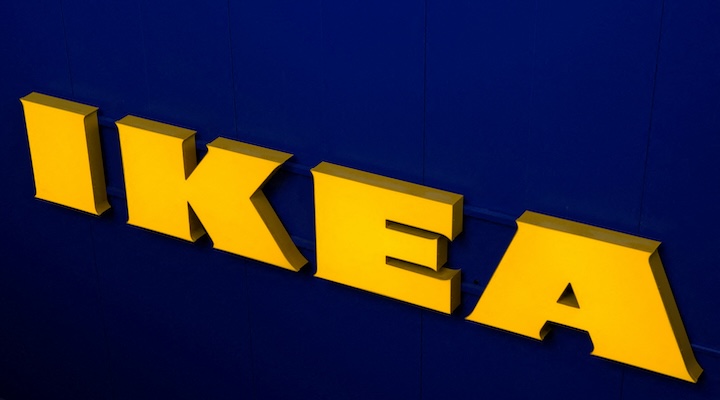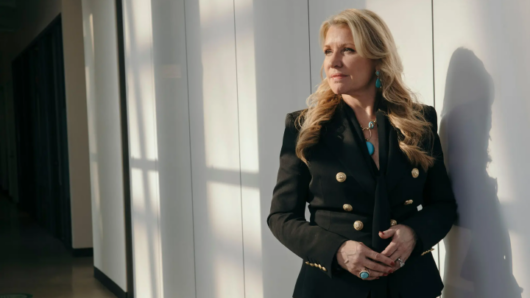Ikea, the world’s biggest furniture brand, said it aims to cut emissions by 50 per cent by its 2030 financial year, up from its previous target of 15 per cent which it already exceeded in 2023.
Inter Ikea, which manufactures Ikea products and acts as franchisor to Ikea store owners, aims to reduce absolute greenhouse gas emissions across the value chain -from raw material production to customers’ use and disposal of products.
The 50 per cent reduction target compares with the 2016 financial year, while its prior 15 per cent goal was set in 2017. The company cut its emissions by 12 per cent in the latest financial year as more of its manufacturing facilities switched to fully renewable energy.
“It’s still going to be challenging and a lot of hard work, but there is at least a realism in the goal of 50 per cent,” Par Stenmark, chief sustainability officer at Inter Ikea, told Reuters in an interview.
Inter Ikea said emissions were estimated to total 24.1 million tonnes of CO2 equivalent in the 12 months through August 2023, against 27.2 million tonnes in the 2022 fiscal year. The 2023 emissions were down 22 per cent compared with 2016.
Helping curb emissions over the year, an additional 142 more of Ikea’s own factories, or supplier factories, switched to 100 per cent renewable electricity, bringing the total to 408.
Ikea’s use of raw materials such as wood accounts for the biggest share (45.9 per cent) of the company’s emissions, with Ikea product use in customers’ homes accounting for 16.1 per cent.
The emissions footprint from materials fell by 17 per cent in 2023 compared to 2022, but Ikea said that was mostly due to a decline in the amount of products manufactured over the year.
Ikea last year started using glue made from industrial corn starch in one of its woodboard factories in Lithuania to replace glue made from petroleum.
“We are stepwise introducing it in production because availability is not really high at the moment,” said Stenmark. “We are very much looking forward to scaling this.”
Glue in wood board materials alone accounts for 5 per cent of Ikea’s total emissions.
A decrease in Ikea’s emissions from product use at home was helped by lower overall sales volumes in lighting and appliances, and a bigger share of energy-efficient LED light bulbs sold.
Ikea aims to reach net-zero emissions by 2050, without using carbon offsets.
The company submitted its new targets in November to the Science Based Targets Initiative, which sets standards for emissions reduction goals and assesses whether companies’ plans are good enough.
- Reporting by Helen Reid; Editing by Sharon Singleton, of Reuters.






